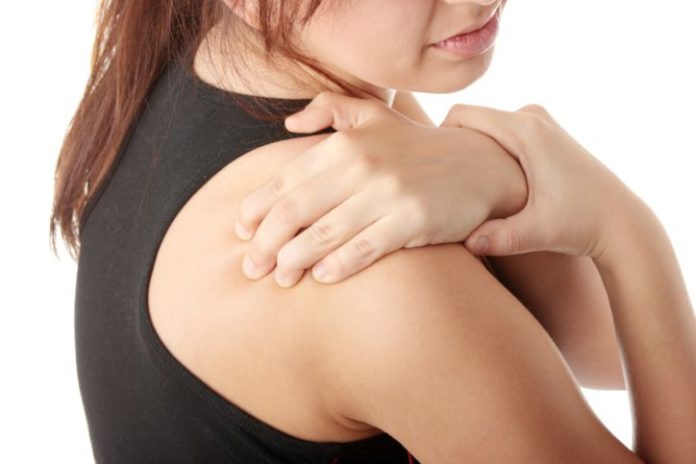Chronic pain in parents appears to be associated with chronic nonspecific pain and chronic multisite pain in adolescents and young adults, according to a study published Online First by Archives of Pediatrics & Adolescent Medicine, a JAMA Network publication.
Chronic nonspecific pain among children and adolescents is common and young people with chronic pain can experience disabilities and difficulties in life. However, the causes of chronic nonspecific pain are poorly understood, according to the study background.
Gry B. Hoftun, M.D., of the Norwegian University of Science and Technology,Trondheim,Norway, and colleagues examined a possible association of parental chronic pain with chronic pain in adolescents and young adults. They also investigated whether socioeconomic and psychosocial factors could explain any relationship or whether it would be affected by differences in the family structure. The cross-sectional study in a county in Norway included a final study population of 5,370 adolescents or young adults (ages 13 to 18 years) for whom one or both parents participated in an adult survey.
“This study showed that both maternal chronic pain and paternal chronic pain are associated with chronic nonspecific pain and especially with chronic multisite pain in adolescents and young adults. Moreover, we found a substantial increase in pain among offspring for whom both parents reported chronic pain,” the authors note.
Maternal chronic pain was associated with chronic nonspecific pain and chronic multisite pain in adolescents in adolescents and young adults (odds ratio, 1.5), while paternal chronic pain was associated with increased odds of pain in adolescents and young adults. The odds of chronic nonspecific pain and chronic multisite pain in adolescents and young adults increased when both parents reported pain, according to the study results.
While adjusting for socioeconomic and psychosocial factors did not change the results, differences in family structure did. Among adolescents and young adults living primarily with their mothers, maternal chronic pain was associated with increased odds of chronic nonspecific pain and chronic multisite pain in children, but no clear association was found with paternal pain, according to the study results.
“In summary, parental chronic pain is associated with adolescent and young adult chronic nonspecific pain and especially chronic multisite pain and suggests a strong relationship between chronic pain in the parent and offspring living together, indicating that family pain models and shared environmental factors are important in the origin of chronic pain,” the authors conclude.
Source: The JAMA Network










